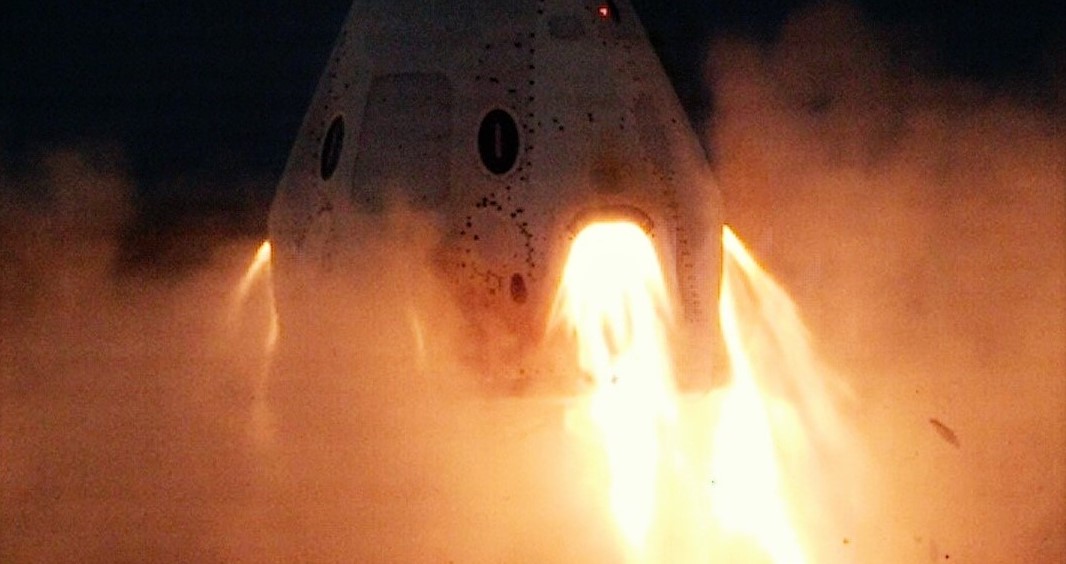

News
SpaceX fires up redesigned Crew Dragon as NASA reveals SuperDraco thruster “flaps”
On November 13th, SpaceX revealed that a planned static fire test of a Crew Dragon’s powerful abort thrusters was completed without issue, a strong sign that the company has successfully redesigned the spacecraft to prevent a catastrophic April 2019 explosion from reoccurring.
Pending a far more extensive analysis, Wednesday’s static fire should leave SpaceX on track to perform Crew Dragon’s next major flight test before the end of 2019.
In an unexpected flourish of transparency, SpaceX and NASA published photos of the Crew Dragon capsule’s static fire test just a few hours after it was completed, an excellent sign that the ‘quick-look’ data analysis immediately following the test was extremely positive. Spaceflight Now was first to visually confirm that the test had occurred, publishing a photo that revealed a whitish cloud of smoke produced by the static fire around 3:15 pm EST (20:15 UTC).
Had a failure similar to the April 2019 explosion occurred, that cloud would have likely been tinged red by unburnt dinitrogen tetroxide (NTO) oxidizer, and the different appearance of November 13th’s exhaust cloud was seen as the first tentative sign that this static fire had gone more successfully.
Alongside photos of the SuperDraco thruster test published by NASA and SpaceX shortly after its conclusion, SpaceX confirmed that the test was completed without issue. Regardless of whether everything performed exactly as intended, this means that factory-fresh Crew Dragon capsule C205 made it through the test unscathed, likely securing SpaceX and NASA a large volume of uninterrupted telemetry data, as well as the hardware itself.
Just hours after C205’s static fire was completed, NASA published a detailed update, confirming that the tests were finished without any immediately apparent issues.
NASA described the test in much more detail than SpaceX, noting that it began with the ignition of two of Crew Dragon’s 16 Draco maneuvering thrusters, each performing two one-second burns. C205’s eight SuperDraco abort thrusters subsequently ignited and burned for a total of ~9 seconds to simulate required abort performance, followed by the reignition of two Draco thrusters immediately after SuperDraco cutoff.
Each capable of producing several dozen pounds of thrust, both Crew and Cargo Dragon use Draco thrusters to orient themselves in orbit, rendezvous with the International Space Station, and lower their orbits to reenter Earth’s atmosphere. Crew Dragon’s Draco thrusters are also designed to control its attitude during abort scenarios, stabilizing and flipping the spacecraft to prevent a loss of control and ensure proper orientation during emergency parachute deployment. The Draco firings during Crew Dragon’s November 13th static fire were meant to simulate that additional use-case.
Aside from verifying that SpaceX has successfully redesigned Crew Dragon to mitigate the failure mode that caused capsule C201’s catastrophic explosion in April 2019, the Draco static fires specifically mirrored the burns Crew Dragon C205 will need to perform to successfully complete its In-Flight Abort (IFA) test. As noted by NASA and SpaceX, with the static fire complete, both teams will now comb through the data produced, inspect Crew Dragon to verify its health and the performance of its redesigned high-flow pressurization system, and perform any necessary refurbishment.
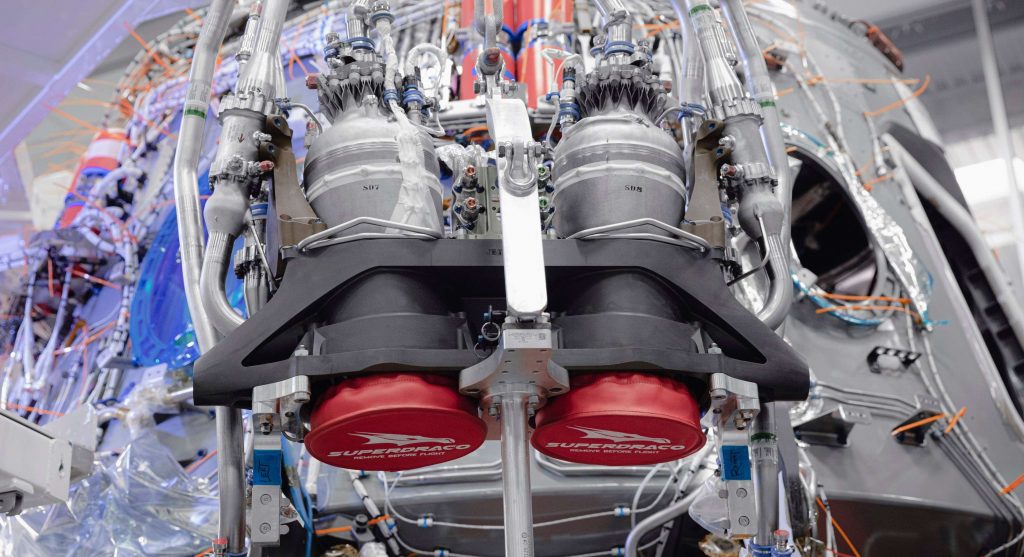
SuperDraco’s mystery “flaps”
NASA’s post on Crew Dragon’s static fire revealed another thoroughly intriguing detail: the SpaceX spacecraft’s SuperDraco thrusters apparently have flaps! A bit of retroactive speculation suggests that SuperDracos are closed out with plugs of some sort to create a seal against the environment before Crew Dragon is rolled out to the launch pad. Perhaps, in the event of a SuperDraco ignition, SpaceX included actuating flaps as a method of resealing those thrusters prior to splashdown in the Atlantic Ocean.
“Immediately after the SuperDracos shut down, two Dracos thrusters fired and all eight SuperDraco flaps closed, mimicking the sequence required to reorient the spacecraft in-flight to a parachute deploy attitude and close the flaps prior to reentry. The full sequence, from SuperDraco startup to flap closure, spanned approximately 70 seconds.”
NASA, November 13th, 2019
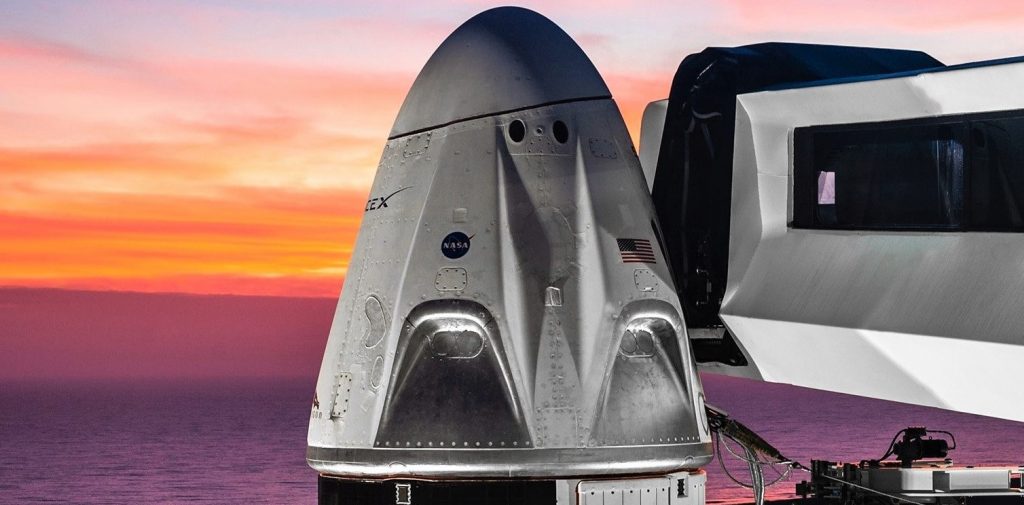
Given that the obvious utility of those flaps appears to be extremely limited and their associated actuators have to survive the 9+ consecutive seconds of hellish conditions in the event of an actual abort, it seems like an excessively complicated system to include on Crew Dragon. Nevertheless, the ability to guarantee that SuperDracos are water-sealed before splashdown would almost without a doubt make Crew Dragon far easier to refurbish and reuse.
The SuperDraco flaps may also be a holdover from before propulsive Crew Dragon landings were canceled, although the use-cases for such a system still remain unclear. The flaps’ raison d’etre could even be as simple as preventing water intrusion that might otherwise cause Dragon to sink after splashdown.
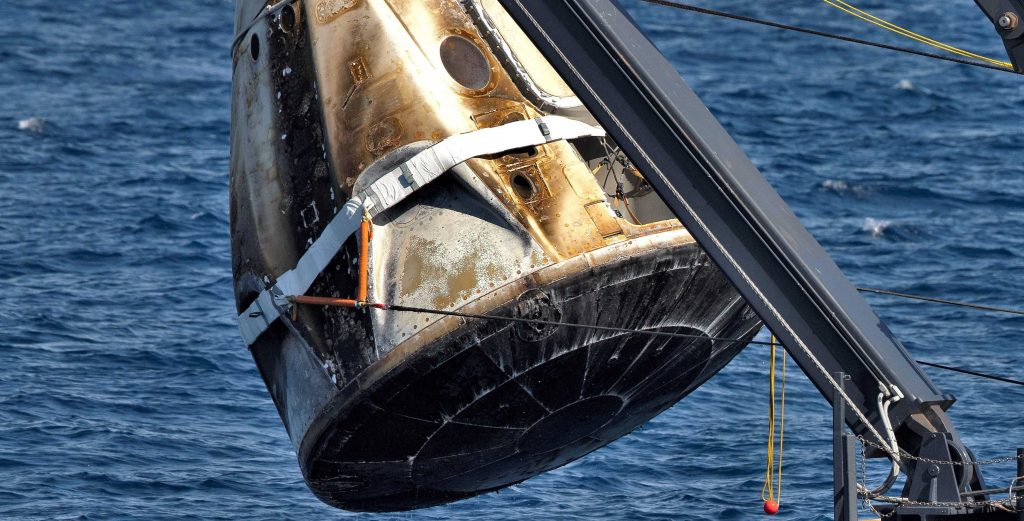
Regardless of why they exist, NASA indicates that SpaceX’s November 13th static fire proved that they worked exactly as expected, closing soon after the simulated abort burn to seal Crew Dragon against water intrusion. If NASA and SpaceX’s deep-dive inspections and data analysis uncover no red flags, it’s extremely likely that SpaceX will able to launch C205 for its In-Flight Abort test some 4-8 weeks from now.
If the IFA also goes as planned, Crew Dragon could be ready for its inaugural NASA astronaut launch as early as February or March 2020.
Check out Teslarati’s Marketplace! We offer Tesla accessories, including for the Tesla Cybertruck and Tesla Model 3.
News
“Worthy of respect:” Six-seat Model Y L acknowledged by Tesla China’s biggest rivals
Tesla China’s biggest competitors seem to be welcoming the impending arrival of the upcoming six-seater.
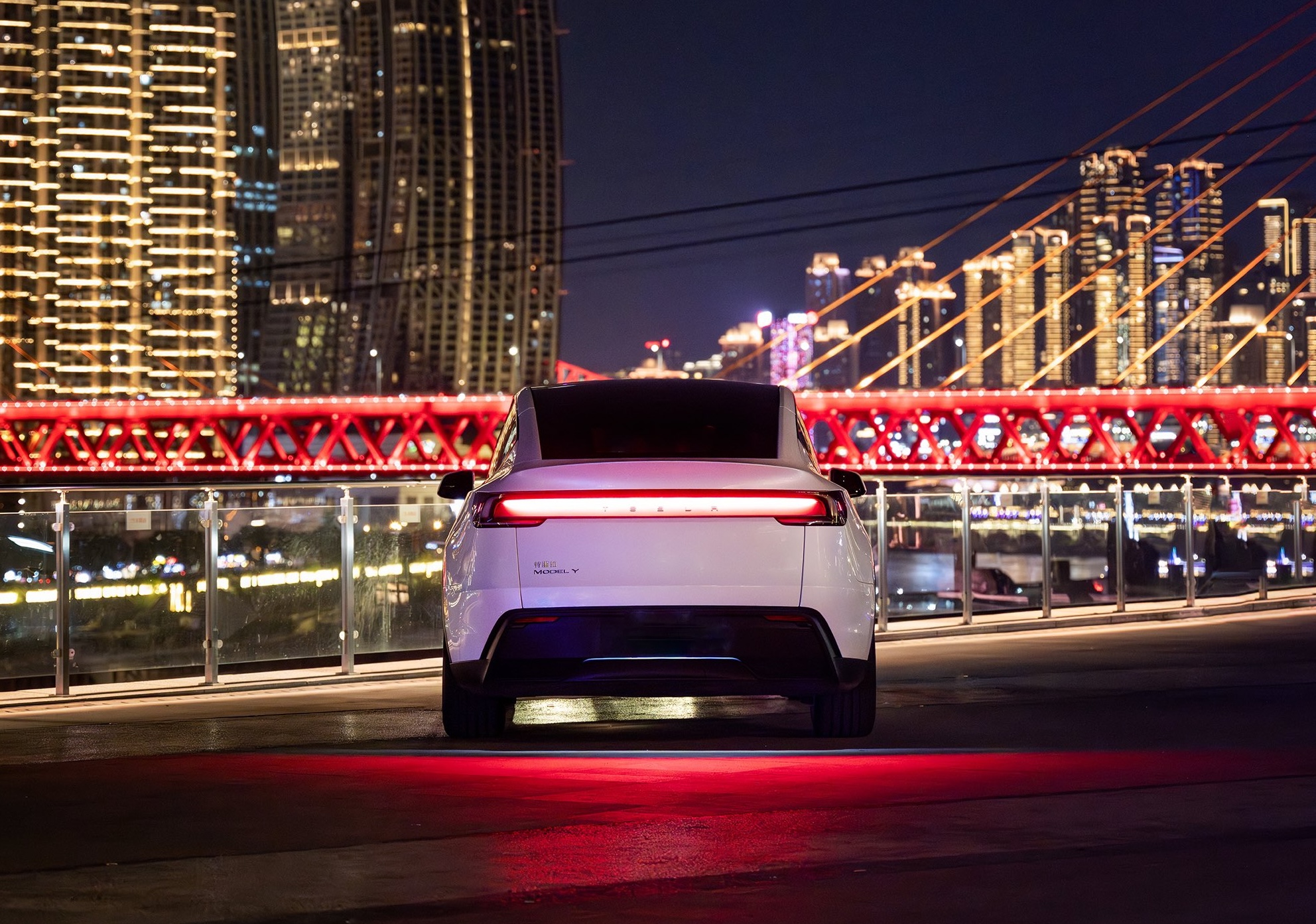
Tesla’s upcoming launch of the Model Y L in China has drawn praise from the CEOs of rival automakers Nio and Li Auto. While the upcoming extended all-electric crossover has the potential to make a huge impact in the domestic Chinese auto market, some of Tesla China’s biggest competitors seem to be welcoming the impending arrival of the upcoming six-seater.
NIO and Li Auto CEO react
Nio founder, chairman, and CEO William Li responded to Tesla’s announcement on Weibo, stating that with improvements in charging, battery swap infrastructure, and continued innovation in technology and product design, the era of large-space electrified SUVs has fully arrived. He referenced Nio’s sub-brand Onvo and its new L90 SUV as a product born from this shift in the market and encouraged the industry to “power up together,” as noted in a report from CNEV Post.
Li Auto CEO Li Xiang also weighed in, calling the Model Y L a “six-seat pure electric SUV worthy of respect.” He also suggested that consumers interested in vehicles priced between RMB 200,000 and RMB 300,000 should keep an eye on it. He also mentioned his company’s upcoming Li i6, a five-seat all-electric SUV that’s expected to debut in September, as a strong option for buyers not seeking third row seats.
New Model Y L
Tesla confirmed on its official Weibo account that the Model Y L will officially launch in China this fall. The vehicle appeared in China’s MIIT regulatory catalog, which revealed that the Model Y L will feature a longer body and extended wheelbase designed to accommodate its new three-row layout.
The Model Y L measures 4,976 mm in length with a wheelbase of 3,040 mm, compared to the standard five-seat Model Y’s 4,797 mm length and 2,890 mm wheelbase. While Tesla has yet to announce official pricing, industry reports suggest it could be positioned around RMB 400,000. It remains to be seen if the Model Y L will also be produced in the United States and Germany.
Elon Musk
Elon Musk reveals SpaceX’s target for Starship’s 10th launch
Elon Musk has revealed SpaceX’s target timeline for the next Starship launch, which will be the tenth in program history.
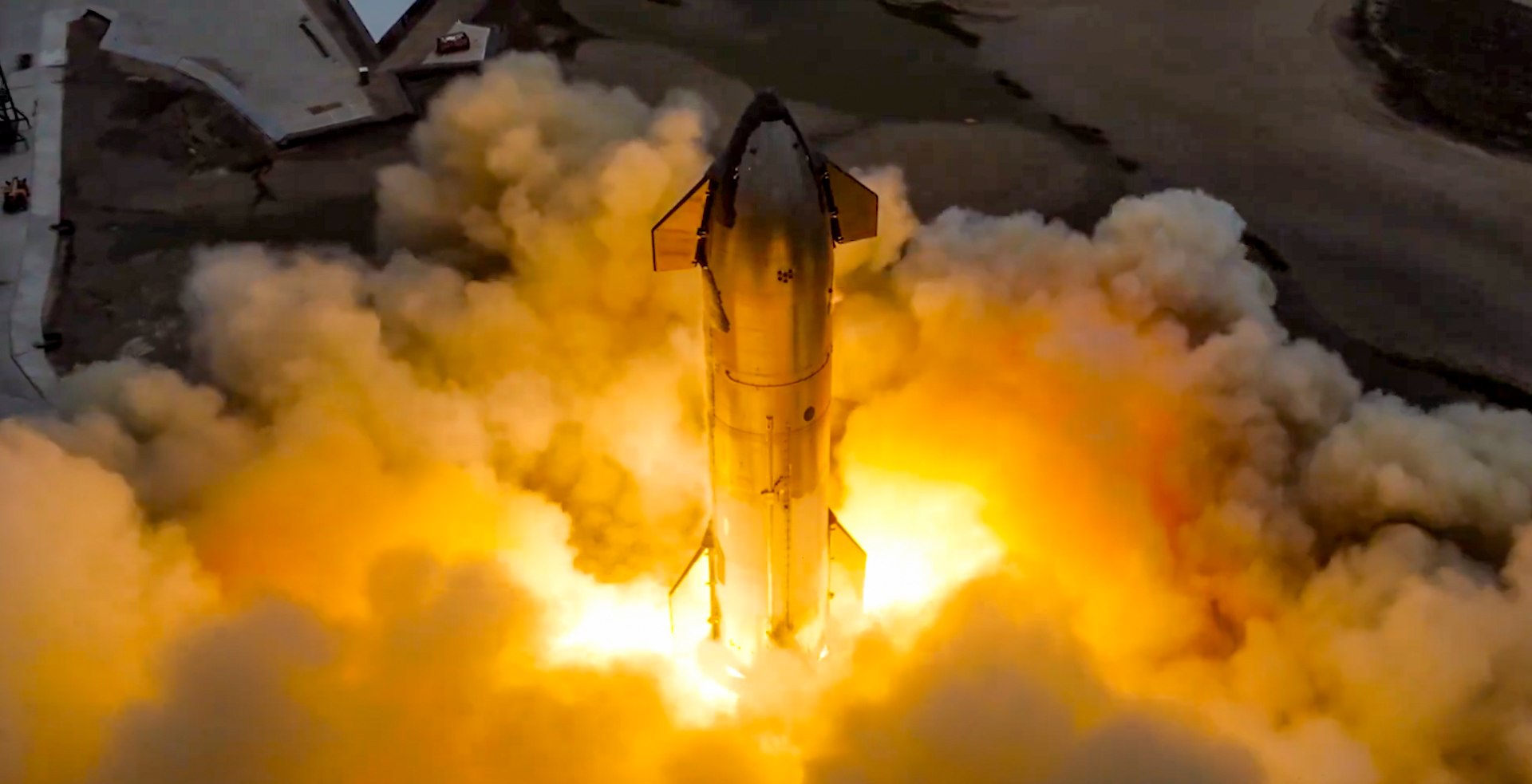
Elon Musk has revealed SpaceX’s target timeline for the next Starship launch, which will be the tenth in program history.
Musk says SpaceX is aiming for a timeline of roughly three weeks from now, which would come about ten weeks after the previous launch.
Coincidentally, it would bring the two launches 69 days apart, and if you know anything about Elon Musk, that would be an ideal timeline between two launches.
🚨 Just wanted you to know, Starship 10’s projected test flight date, according to Grok, is August 4.
Starship’s ninth test flight took place on May 27.
August 4 is 69 days after May 27.
Do with that what you will. 🚀 https://t.co/IISpT08rIy
— TESLARATI (@Teslarati) July 16, 2025
SpaceX is coming off a test flight in which it lost both the Super Heavy Booster and the Upper Stage in the previous launch. The Super Heavy Booster was lost six minutes and sixteen seconds into the flight, while SpaceX lost communication with the Ship at 46 minutes and 48 seconds.
Musk is aiming for the tenth test flight to take place in early August, he revealed on X:
Launching again in ~3 weeks
— Elon Musk (@elonmusk) July 14, 2025
This will be SpaceX’s fourth test flight of the Starship program in 2025, with each of the previous three flights bringing varying results.
IFT-7 in January brought SpaceX its second successful catch of the Super Heavy Booster in the chopstick arms of the launch tower. The ship was lost after exploding during its ascent over the Turks and Caicos Islands.
IFT-8 was on March 6, and SpaceX caught the booster once again, but the Upper Stage was once again lost.
The most recent flight, IFT-9, took place on May 27 and featured the first reused Super Heavy Booster. However, both the Booster and Upper Stage were lost.
The Federal Aviation Administration (FAA) hit SpaceX with a mishap investigation for Flight 9 on May 30.
Elon Musk
Elon Musk confirms Tesla is already rolling out a new feature for in-car Grok
Tesla is already making in-car Grok more robust with a simple but effective feature that CEO Elon Musk says is “coming.”
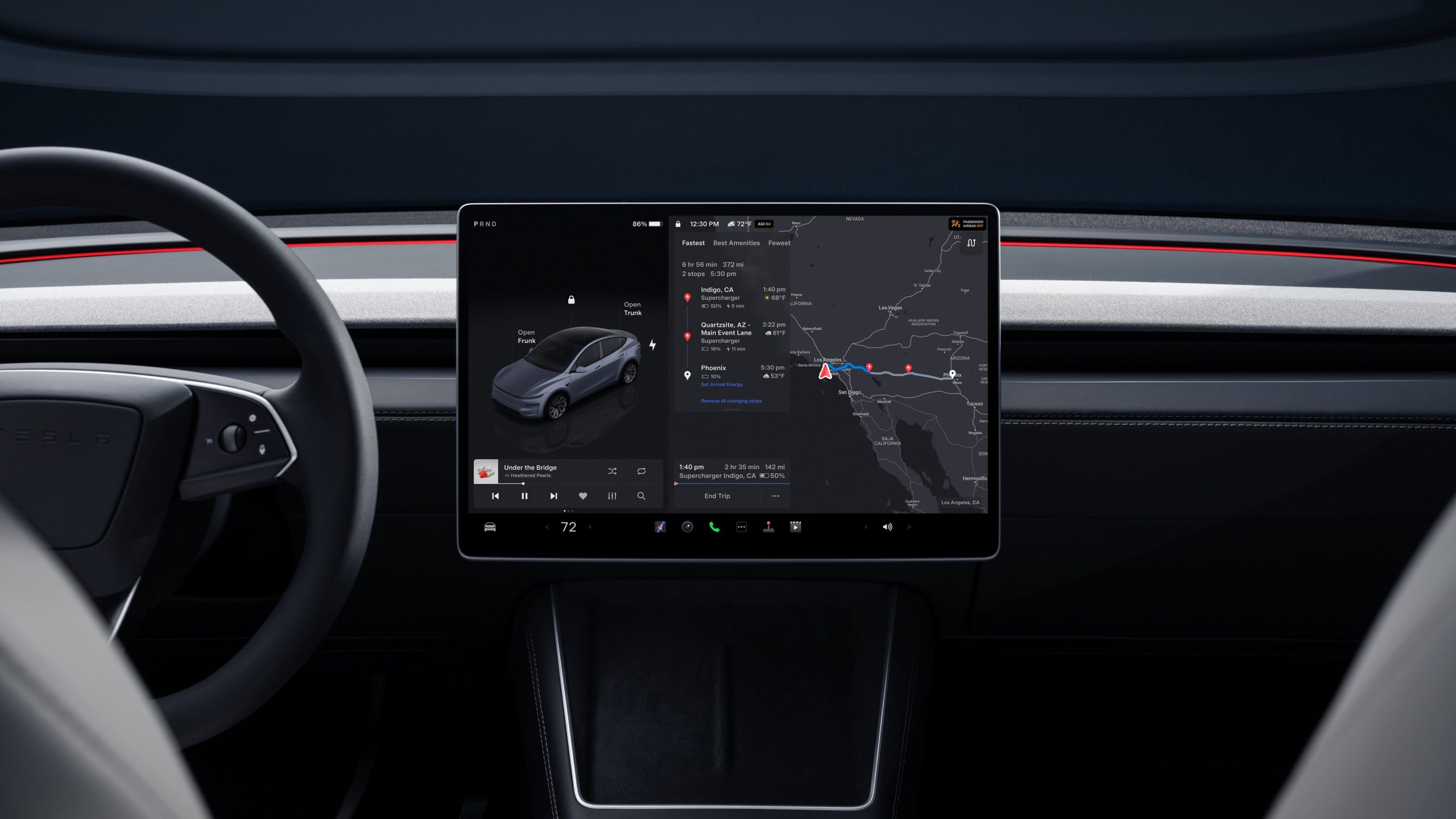
Tesla CEO Elon Musk has confirmed that the company will roll out a new feature for in-car Grok as it is rolling out to vehicles for the first time.
Grok was just recently added as a feature to Tesla vehicles within the past week, but owners are already requesting some small changes to make it more convenient to use.
Tesla debuts hands-free Grok AI with update 2025.26: What you need to know
The first is already on the way, Musk confirmed, as WholeMarsBlog requested a simple, but useful feature for Grok as it is used within Tesla vehicles.
Whole Mars requested that “Hey Grok” be used as a wake word, automatically activating the AI assistant without having to touch any buttons. Musk confirmed it is already in development and on the way to vehicles:
Coming
— Elon Musk (@elonmusk) July 16, 2025
This feature is incredibly similar to that of “Hey Siri” with iPhones and other iOS devices. The phone will recognize your voice and hear that prompt, automatically activating Siri. Apple’s assistant will then perform whatever task it is asked to perform. It’s a simple but effective performance feature.
Grok is already getting its first reviews from owners as it rolls out to owners for the first time. It is a long time coming, too. Tesla has been hinting that Grok would be enabled in the vehicles for a while now, and it just started its initial rollout last week.
After using @grok in my Tesla tonight, I’m insanely impressed.
I honestly went into it a bit skeptical on how useful it would actually be, but I asked it some real genuine questions and it nailed it every time.
Asked it if I take my Tesla to San Francisco next week, where… pic.twitter.com/R0QrK347vi
— Zack (@BLKMDL3) July 16, 2025
Hey @Tesla_Optimus … @grok wants to know if you’re free tonight pic.twitter.com/xXfSkg8M22
— Tesla (@Tesla) July 12, 2025
Grok is available in vehicles with the AMD chip and requires Premium Connectivity or a WiFi connection to use.
-

 Elon Musk13 hours ago
Elon Musk13 hours agoElon Musk reveals SpaceX’s target for Starship’s 10th launch
-

 Elon Musk2 days ago
Elon Musk2 days agoTesla ups Robotaxi fare price to another comical figure with service area expansion
-

 News1 day ago
News1 day agoFirst glimpse of Tesla Model Y with six seats and extended wheelbase
-

 News5 days ago
News5 days agoTesla debuts hands-free Grok AI with update 2025.26: What you need to know
-

 Elon Musk1 day ago
Elon Musk1 day agoElon Musk’s xAI just posted the nerdiest job opening of all time
-

 News1 hour ago
News1 hour ago“Worthy of respect:” Six-seat Model Y L acknowledged by Tesla China’s biggest rivals
-

 News3 days ago
News3 days agoTesla’s Robotaxi geofence in Austin grows, and its shape is hard to ignore
-
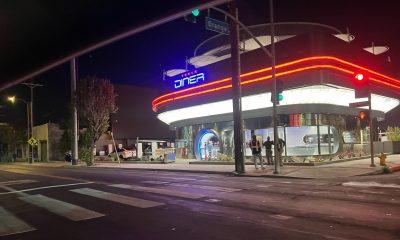
 News3 days ago
News3 days agoThe Tesla Diner is basically finished—here’s what it looks like















